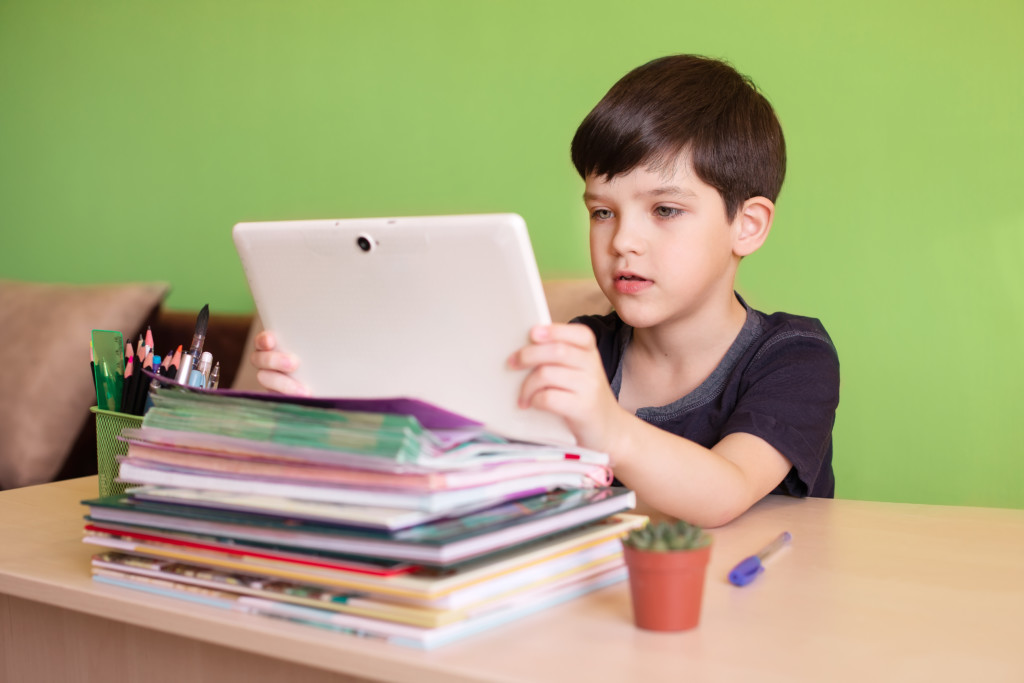 It’s the end of the world as we know it.
It’s the end of the world as we know it.
Well, not literally. (We hope.) But when American society comes out the other end of the Covid-19 crisis, it almost certainly will operate differently in many ways. The scale of change will depend on the length of the lockdown the nation is enduring. We’re roughly two weeks into it – a mere speed bump, relatively speaking – and already we’re seeing a reshuffling whose effects likely will be felt for years afterward.
For example, with movie theaters closing and no idea of when they might reopen, studios are exploring different ways to distribute first-run films. Streaming services already deliver content to homes and mobile devices, but the longer the quarantine lasts, the more consumers become comfortable without theaters. Eventually, when the “remain in place” orders are lifted, there may be little incentive for studios to release as many movies as they have in the past to whatever theaters remain. A new business model will have emerged.
We could see a similar displacement on education. As “social distancing” has entered the mainstream lexicon, so too have people been introduced to distance learning.
Public schools have been closed from coast to coast, with at least two states already announcing that their students will not return this academic year. Districts are scrambling to transition within days from traditional in-person instruction to daily video classes and online lessons. It’s a massive undertaking in an incredibly compressed timeframe that involves getting teachers quickly up to speed on the process, while ensuring students have the technology to access the content.
As with streaming movies, virtual schooling is not new. Some 375,000 students already attend online school in more than half the states. K12 Inc. and other online education providers are offering resources to districts and parents during the Covid-19 pandemic. For many, this will be their introduction to education outside its traditional forms. Some may have been completely unaware of its existence.
What happens if they like it?
After being forced to see education through a different lens, and being required to innovate, how many won’t return to the old ways, and instead be inspired to use these tools to create new ways of delivering education? Suddenly, brick-and-mortar walls vanish, and attendance zones don’t matter. If home is the classroom, teachers can reach students from anywhere.
How many families and educators might embrace the flexibility such methods offer?
Approximately 2 million U.S. students are homeschooled. Mike McShane, writing at EdChoice, points to the 2019 Schooling in America survey that shows that around 13 percent of American parents would like to homeschool their children if they could – and that only about 3 percent actually do. The Covid-19 crisis has given many the opportunity to conduct a trial run to see if it suits them.
How many teachers will be inspired to create new models, much the way former public school educators have established microschools?
Education choice itself could go viral.
Of course, the opposite could happen. If first impressions matter, distance learning done poorly – and many districts are rushing into place a new instruction they are ill-prepared and equipped to provide -- could sour educators and families on the concept, making them long to return to the familiarity of brick-and-mortar schools.
Clearly, these alternatives won’t fit everyone’s needs or desires. Beyond those who are satisfied with their zoned school (or magnet school), the traditional public school has become central to American society. It is part of its daily, and yearly, rhythms (although those tempos just changed faster than a Neil Peart drum solo).
In addition, many families, particularly lower-income households, rely on their public schools to provide food, child care and health care (and the disruptions caused by Covid-19 raises concerns about more effective ways to deliver those services).
Not all children will learn effectively through virtual schooling, and not all homes make for appropriate classrooms. Many students -- and teachers -- thrive on the in-person interaction a traditional school provides.
For those reasons, the Covid-19 era isn’t likely to lead to the elimination of traditional public schooling. Nor should it. Education choice is about expanding options, not contracting them, so students can find the one that fits them best.
However, the longer this break from the status quo lasts, the more Americans will become accustomed to the “new normal” in education -- and perhaps become more receptive to its evolving forms.